Associate Professor
Molecular Neurobiology Laboratory
William Scandling Developmental Chair

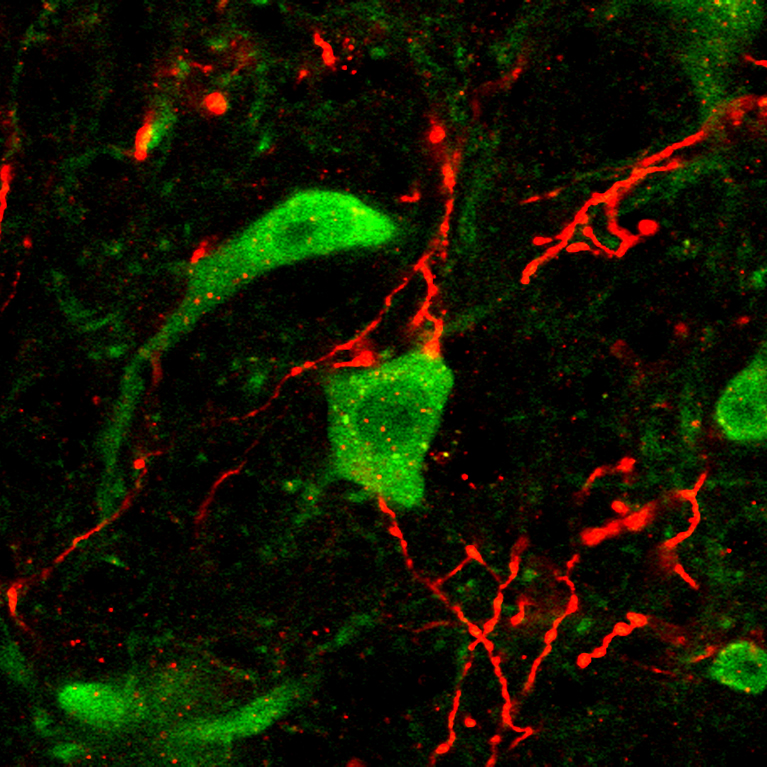
The nervous system has an incredible capacity to take in and process complex information, yet the only way it can exert an influence on the outside world is through movement—whether it’s kicking a ball, typing an email or using vocal chords to speak. Humans have evolved an astonishingly diverse repertoire of motor behaviors to help translate intents into actions. Even seemingly simple movements require the extensive coordination of dozens of muscles to ensure that physical efforts are successful, but scientists have only begun to scratch the surface of how this is accomplished. Understanding how movements are learned, planned, executed and corrected can teach us more about how neural circuits govern behavior and how evolution has shaped the mammalian nervous system. This type of knowledge could clarify how disease or injury disrupts the normal execution of movement and pave the way for improved diagnosis and treatment.
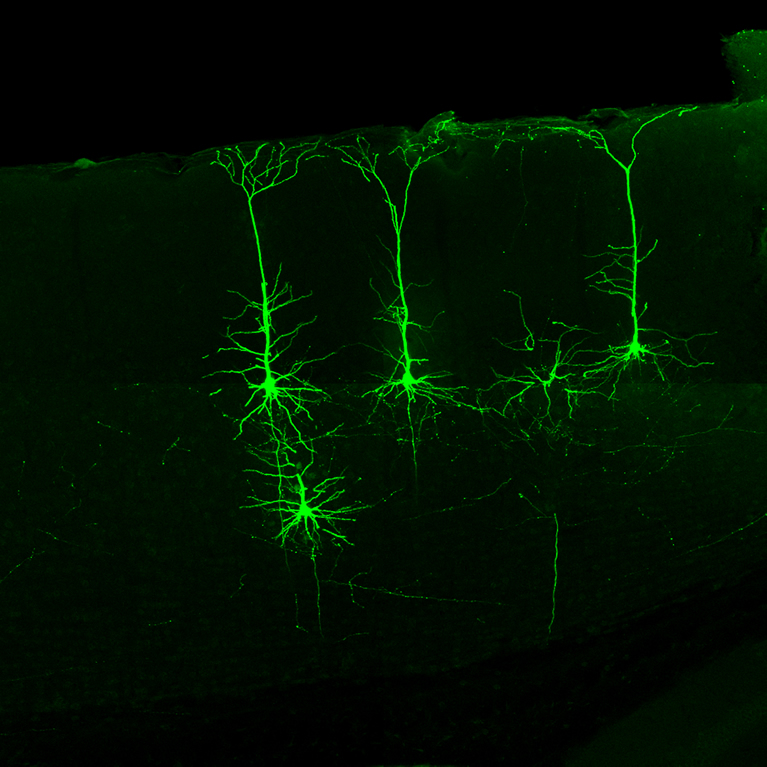
Eiman Azim uses a multidisciplinary approach to identify how neural circuits solve the challenges of motor control, taking advantage of genetic and viral tools, anatomical analysis, electrophysiological recording, imaging and detailed motor behavioral tests. By dissecting the molecular, anatomical and functional diversity of motor pathways one element at a time, Azim aims to pinpoint neural circuits and piece together the underpinnings of movement, especially skilled motions like reaching, grasping and object manipulation. Dexterous movements of the arms and hands are critical motor functions often affected by neurodegenerative disease and injury, and Azim’s work seeks to lay the groundwork for better treatment and recovery of function.
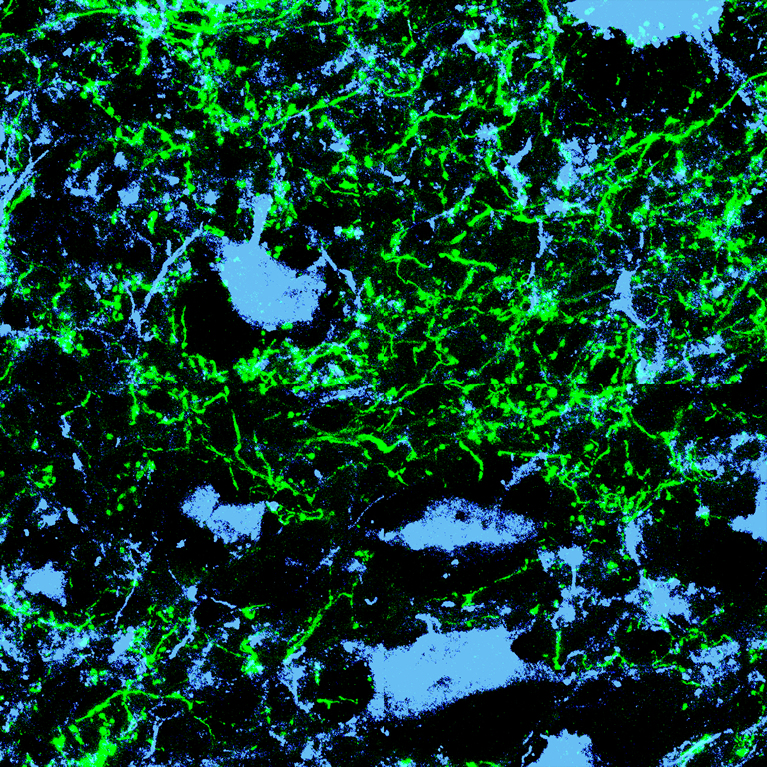
Azim identified circuits dedicated to controlling specific features of movement, supporting the idea that there is a modular organization to the motor system, meaning that certain circuits control reaching, others control grasping, and so on. His work helps show that this organization is shared across mammal species.
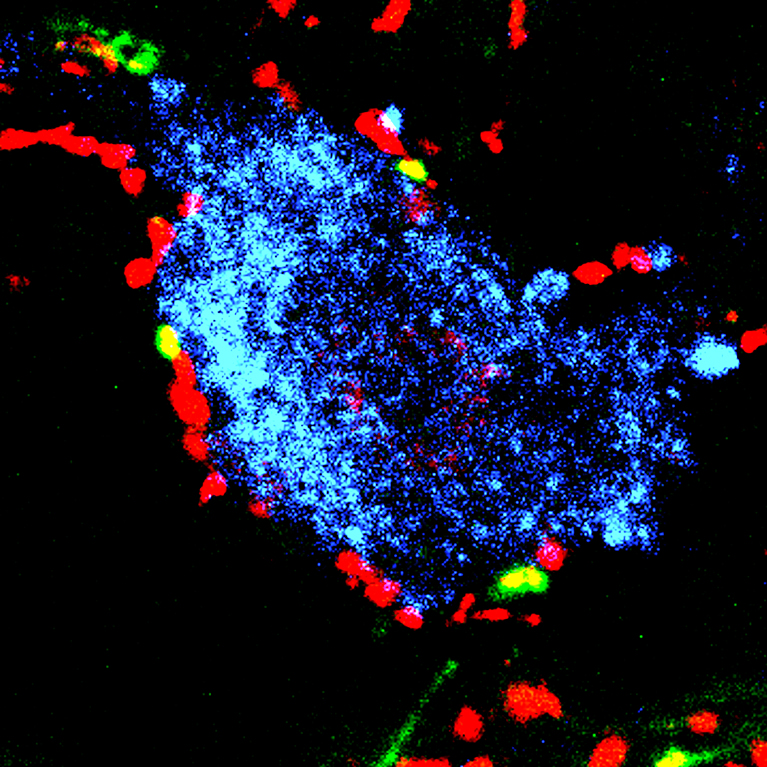
Azim investigated inhibitory neurons in the spinal cord that control the strength of incoming sensory feedback and showed that this circuit is essential for maintaining the stability of the limb during movement.
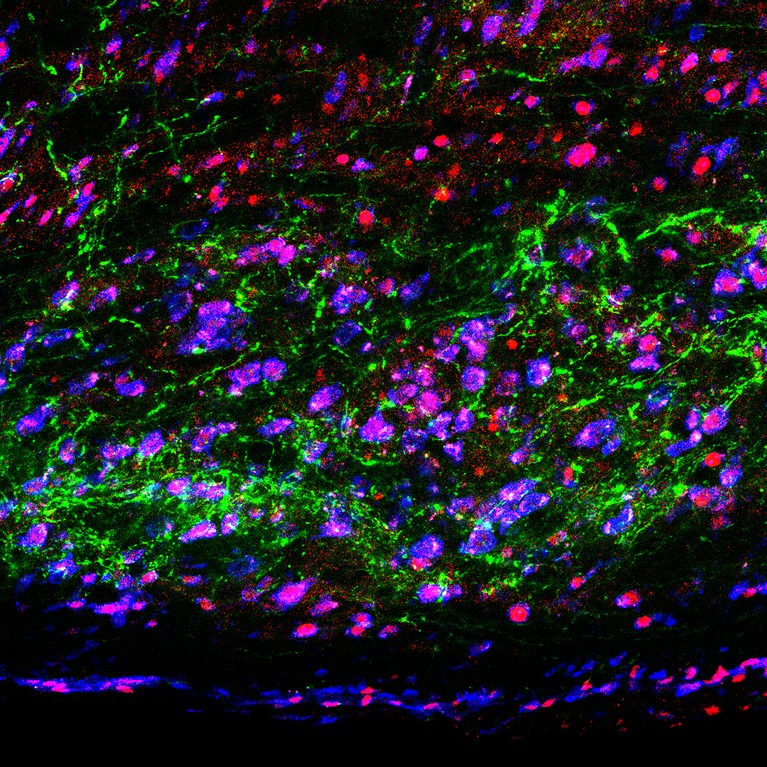
Azim mapped a spinal circuit that conveys copies of motor commands within the nervous system, helping to keep the brain aware of its ongoing output. His research showed that these internal copy signals get channeled through part of the brain called the cerebellum and can be used to update movements very rapidly, supporting the speed and precision of skilled behaviors.
BS, Biology, Stanford University
BA, Philosophy of Science, Stanford University
PhD, Neuroscience, Harvard University
Postdoctoral Fellow, Columbia University